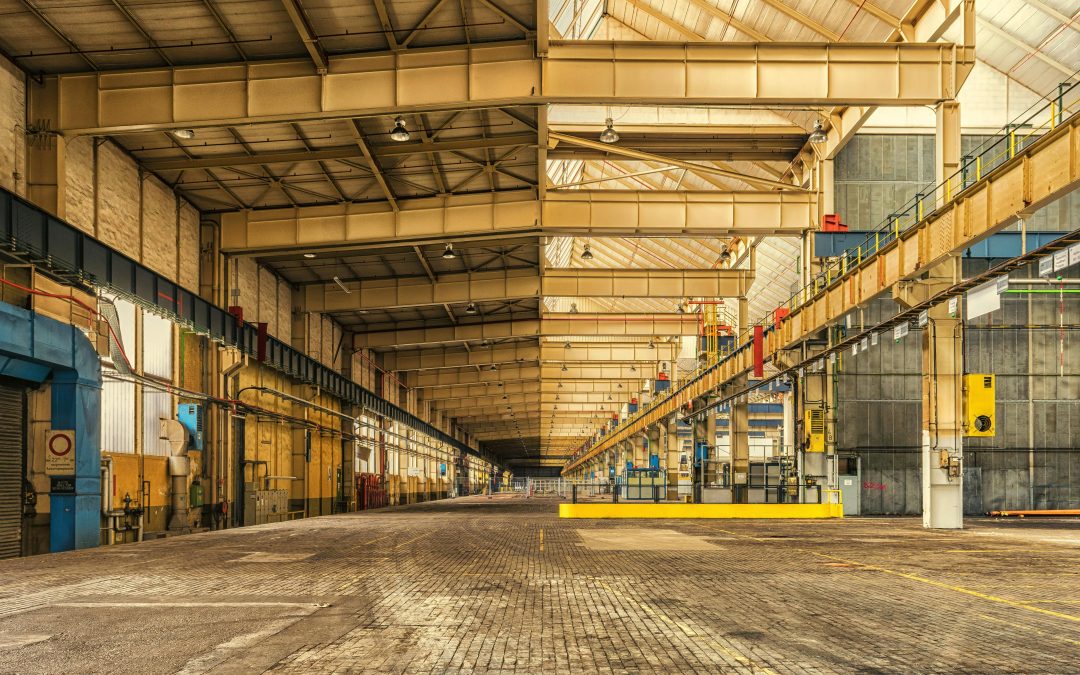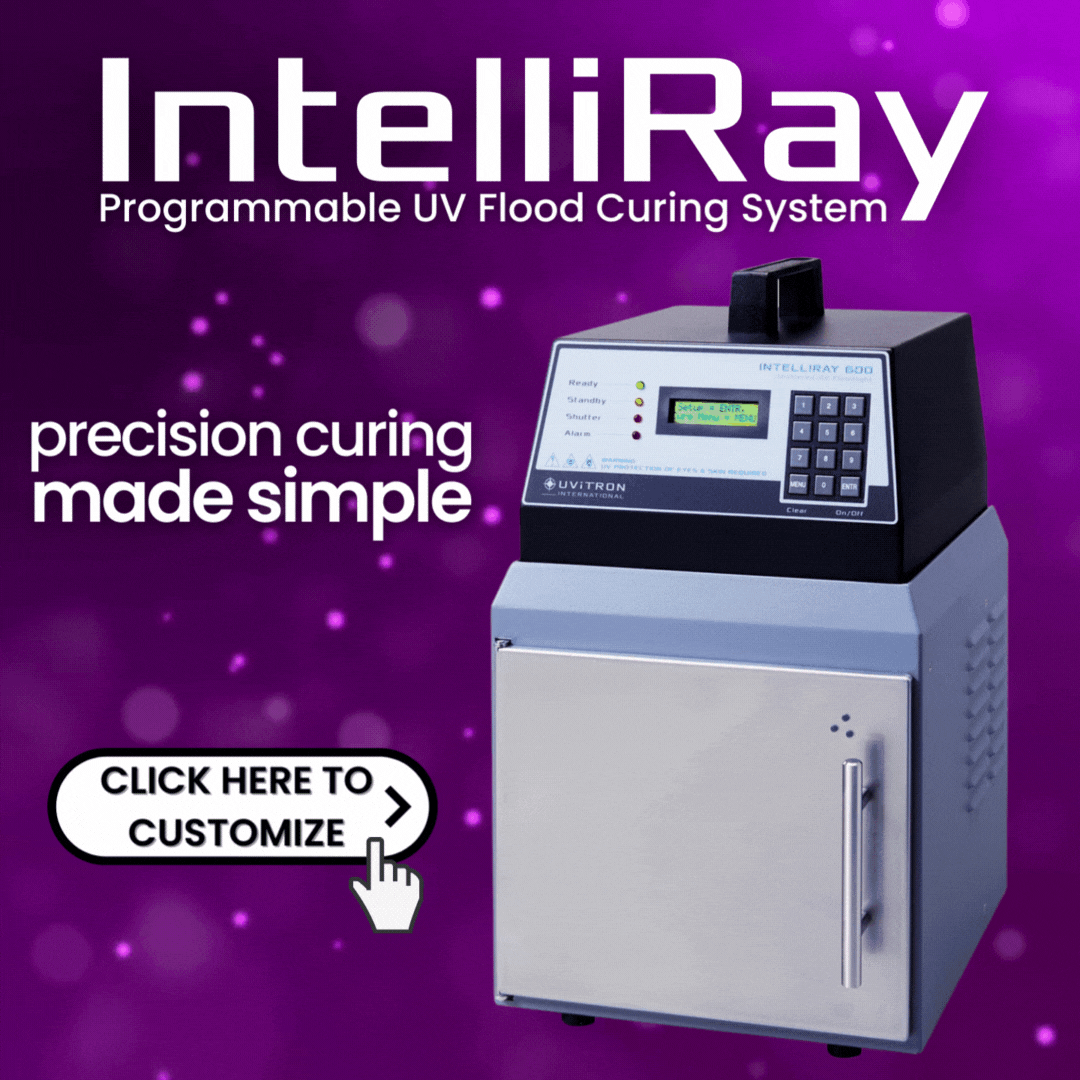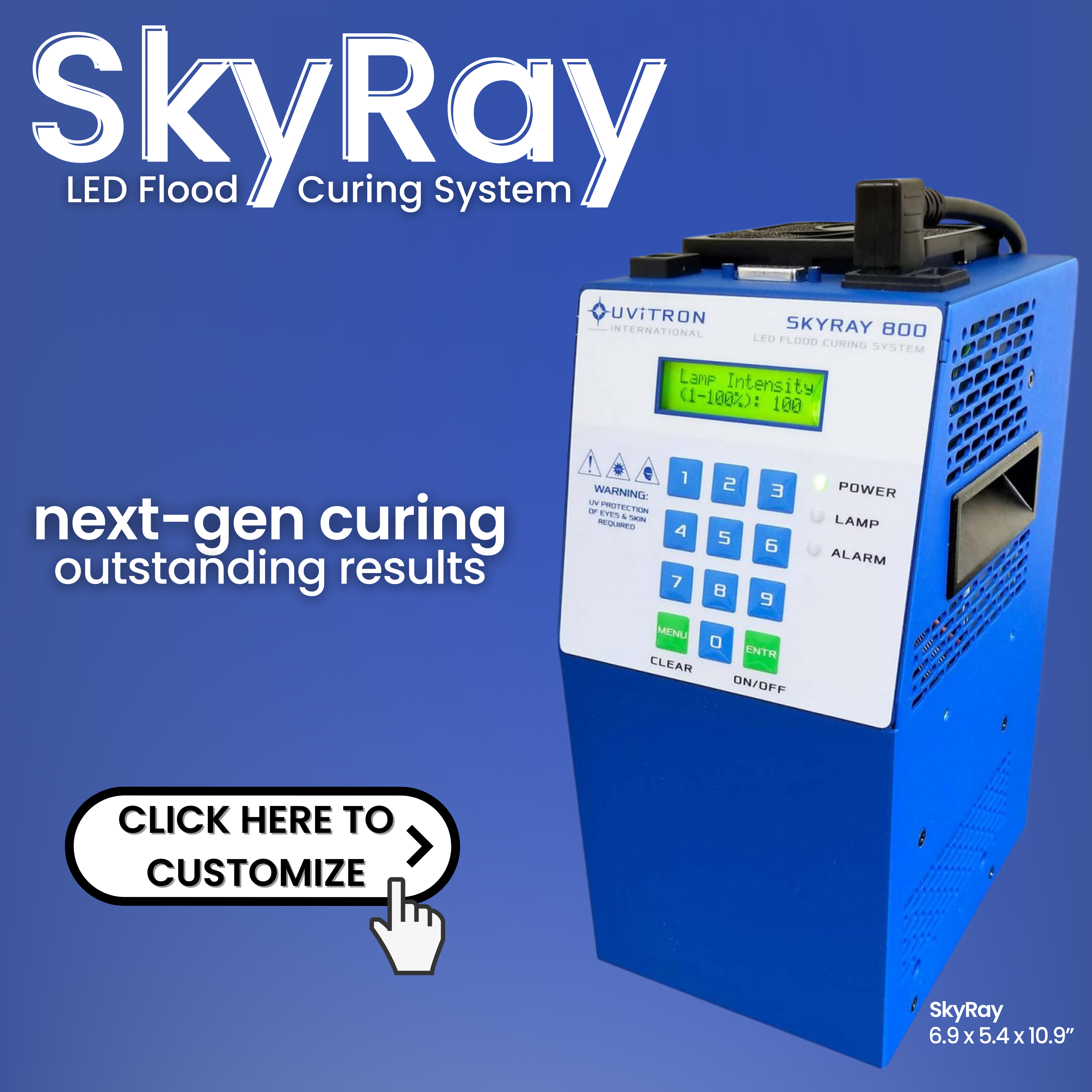The manufacturing industry stands at a crossroads of innovation and tradition, constantly evolving to meet the ever-changing demands of global markets and environmental challenges. In this dynamic landscape, the pursuit of efficiency, cost reduction, and sustainability has become more crucial than ever. Manufacturers across the globe are on a relentless quest to find innovative solutions that can drive productivity, minimize waste, and adhere to increasingly stringent environmental regulations.
This quest for innovation is not just about keeping pace with competitors; it’s about redefining the very fabric of manufacturing processes to create products faster, cheaper, and greener. The stakes are high, as the ability to integrate cutting-edge technologies into production lines can significantly impact a company’s bottom line and its environmental footprint. As such, the industry is in a constant state of flux, exploring new materials, processes, and technologies that promise to revolutionize the way we think about manufacturing.
Amidst this backdrop of innovation and change, one technology stands out for its potential to address many of the manufacturing sector’s most pressing challenges: UV curing technology. While not new, its applications and benefits are only now beginning to be fully realized in industrial settings.
The Drive for Manufacturing Efficiency
In the relentless pursuit of operational excellence, the manufacturing industry continuously seeks innovative solutions to enhance efficiency. This drive is propelled by the need to not only accelerate production processes but also to do so in a cost-effective and environmentally friendly manner. As manufacturers explore avenues to streamline operations and reduce waste, the integration of advanced technologies into production lines emerges as a pivotal strategy.
A cornerstone of this efficiency drive is the adoption of lean manufacturing practices. Lean manufacturing, with its emphasis on minimizing waste and optimizing workflow, aligns perfectly with the industry’s goal of achieving more with less. It’s a philosophy that encourages continuous improvement and the smart allocation of resources, ensuring that every aspect of the manufacturing process adds value.
In parallel, automation stands out as a transformative force in modern manufacturing. The implementation of automated systems and robotics not only boosts production speed but also enhances precision and consistency across manufacturing operations. Automation directly contributes to reducing operational costs and improving product quality, key objectives for any manufacturer aiming to maintain a competitive edge.
The synergy between lean practices and automation sets the stage for the introduction of UV curing technology into the manufacturing mix. UV curing, known for its high-speed curing solutions, dovetails with the industry’s efficiency goals by significantly reducing processing times and energy consumption. Unlike traditional curing methods that can be time-consuming and energy-intensive, UV curing technology leverages ultraviolet light to cure coatings, adhesives, and inks almost instantaneously.
This rapid curing capability is particularly advantageous in high-volume production environments where time is of the essence, such as in the automotive and electronics sectors. By integrating UV curing systems, manufacturers can achieve a remarkable increase in throughput, enabling them to meet the growing demand for faster production cycles without compromising on quality or sustainability. In essence, UV curing technology embodies the principles of efficiency, innovation, and environmental responsibility, making it an exemplary addition to the modern manufacturing toolkit.
Sustainable Manufacturing Solutions
As the global emphasis on environmental stewardship intensifies, the manufacturing sector finds itself at the forefront of a green revolution. Sustainability in manufacturing has transitioned from a niche concern to a central business imperative, driven by consumer demand for eco-friendly products, regulatory pressures to reduce carbon footprints, and a genuine corporate commitment to environmental responsibility. In this context, the adoption of energy-saving technologies and the integration of eco-friendly industrial processes are not just trends but essential components of a sustainable manufacturing strategy.
Energy efficiency stands as a pillar of sustainable manufacturing. By adopting technologies that consume less power, manufacturers can significantly reduce their energy costs and environmental impact. This approach extends beyond simply upgrading to more efficient machinery; it encompasses a holistic review of energy use across the entire production process, identifying areas where waste can be minimized and efficiency optimized.
Eco-friendly industrial processes also play a crucial role in sustainable manufacturing. These processes aim to reduce the use of hazardous materials, minimize waste and emissions, and promote the recycling and reuse of resources. From water conservation techniques to solvent-free production methods, manufacturers are exploring a wide range of strategies to make their operations more environmentally friendly.
Within this landscape of sustainability and efficiency, UV curing technology emerges as a standout solution. UV curing is inherently more energy-efficient than traditional thermal drying methods, which require significant amounts of heat and time to cure materials. By using ultraviolet light to instantly cure coatings, adhesives, and inks, UV curing systems drastically reduce energy consumption and processing times. Moreover, UV curing processes typically involve fewer volatile organic compounds (VOCs), reducing harmful emissions and improving workplace safety.
The environmental benefits of UV curing technology align perfectly with the manufacturing industry’s sustainability goals. By integrating UV curing into their production lines, manufacturers not only enhance operational efficiency and product quality but also contribute to a more sustainable manufacturing ecosystem. This synergy between efficiency and environmental stewardship underscores the growing importance of UV curing technology in the pursuit of green manufacturing solutions.
A Hidden Gem in Manufacturing Innovation
In the expansive landscape of manufacturing innovation, UV curing technology emerges as a beacon of progress, heralding a new era of operational efficiency and environmental stewardship. This sophisticated technology, although not a newcomer to the industrial scene, has recently ascended to prominence, being recognized as an essential instrument in the ongoing endeavor to propel manufacturing into the future. Its ascendancy is marked by a significant expansion in applicability, stretching across a wide array of sectors including automotive, electronics, and even the intricate realms of medical devices and consumer goods manufacturing, revealing its remarkable adaptability and the broad scope of its potential impact.
The appeal of UV curing technology lies in its ability to seamlessly integrate into existing manufacturing infrastructures, providing a straightforward path towards enhancing productivity and sustainability without necessitating a complete overhaul of established processes. This compatibility has facilitated its adoption in traditional industries seeking to reduce turnaround times and energy consumption, as well as in innovative fields looking for precise and reliable curing solutions that meet the exacting standards of advanced materials and designs.
Moreover, the versatility of UV curing is highlighted by its application in a diverse range of processes. From the rapid curing of protective coatings that extend the lifespan of automotive parts to the efficient setting of inks on high-speed printing lines, and the secure bonding of components in electronic devices, UV curing technology demonstrates an unparalleled capacity to enhance product quality and durability. This breadth of application not only underscores the technology’s potential to revolutionize production lines but also its role in driving the development of new products and applications that were previously unattainable.
As industries continue to grapple with the dual challenges of increasing efficiency and minimizing environmental impact, UV curing stands out as a solution uniquely positioned to address these concerns. Its energy-efficient nature, coupled with a reduction in the use of harmful solvents and emissions, aligns perfectly with the global push towards sustainability. This alignment, combined with the technology’s contribution to speeding up production cycles, positions UV curing not just as a tool for modernizing manufacturing operations but as a cornerstone technology in the pursuit of a more sustainable and efficient industrial future.
Applications of UV Curing Technology
Advantages of UV Curing Technology
At the forefront is energy efficiency. UV curing distinguishes itself by requiring considerably less energy to initiate and complete the curing process compared to traditional thermal or chemical curing methods. This efficiency is primarily due to the mechanism of UV curing, which involves the direct application of UV light to quickly trigger the curing reaction. As a result, the process consumes minimal energy, translating into lower operational costs and a markedly reduced carbon footprint for manufacturing operations. This aspect of UV curing not only aligns with the growing imperative for energy conservation but also offers a tangible path for industries to become more energy-efficient.
Another cornerstone advantage of UV curing is its fast curing times. The technology’s capability to cure materials almost instantaneously is unparalleled, significantly streamlining production timelines. This rapid curing is achieved through the instantaneous polymerization of materials upon exposure to UV light, eliminating the lengthy drying or hardening periods associated with conventional curing methods. For manufacturers, this means the ability to accelerate production cycles, thereby increasing throughput and meeting market demands more promptly without sacrificing the quality of the final product. This aspect of UV curing is particularly beneficial in sectors where production speed is directly tied to market competitiveness.
The environmental benefits conferred by UV curing technology further enhance its appeal. Unlike traditional curing processes that often rely on solvents and release significant amounts of volatile organic compounds (VOCs) into the atmosphere, UV curing presents a cleaner alternative. The process involves minimal to no VOCs, substantially reducing the release of harmful emissions and improving the safety and health conditions within the workplace. Moreover, the reduction in energy consumption inherent to UV curing processes directly supports broader environmental sustainability goals, helping companies to minimize their ecological impact while maintaining high standards of production efficiency.




